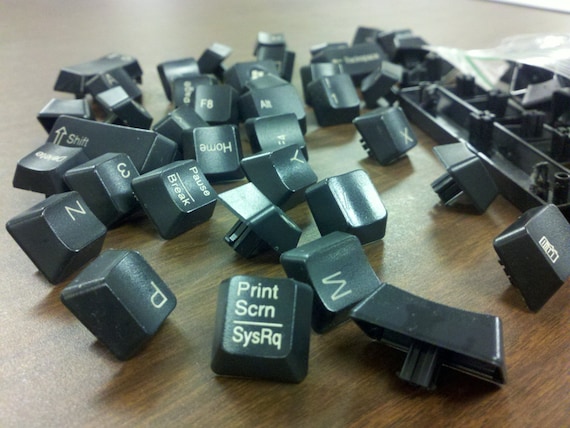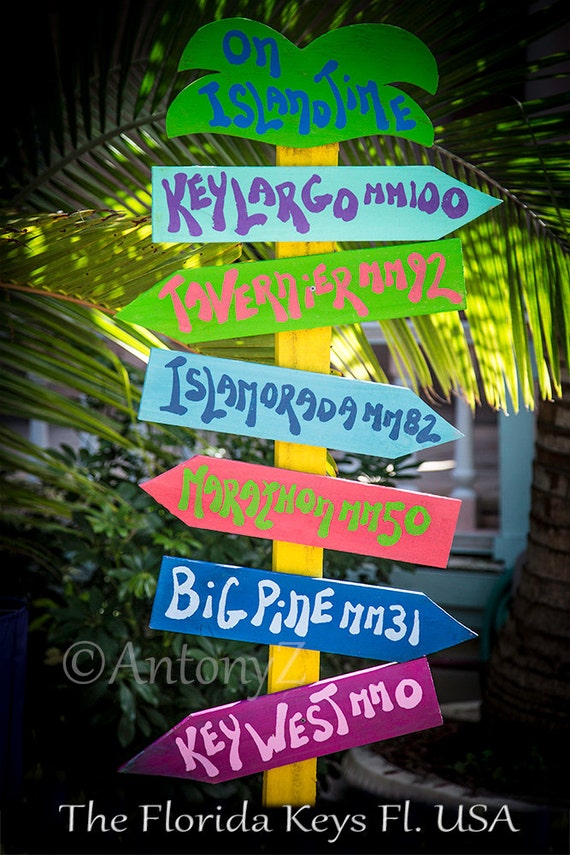

- Safe exam browser mac exit keys how to#
- Safe exam browser mac exit keys professional#
- Safe exam browser mac exit keys windows#
Safe exam browser mac exit keys professional#
If you are selecting large sections of text, you can do so by moving the curser to the end of the section you wish to select and pressing Option+Shift+Up Arrow until all the text is selected.If you intend to save your time and energy in uninstalling Safe Exam Browser 1.5.2, or you encounter some specific problems in deleting it to the Trash, or even you are not sure which files or folders belong to Safe Exam Browser 1.5.2, you can turn to a professional third-party uninstaller to resolve troubles.Option+Right Arrow: Move the cursor to the end of the next word.Option+Left Arrow: Move the cursor to the beginning of the previous word, add Shift to this to highlight the text.Control+E: Move to the end of a line or paragraph.
Safe exam browser mac exit keys how to#

Safe exam browser mac exit keys windows#
If you don’t have an Apple Keyboard these key combos should still, work – sometimes you have to hit a Windows key instead of Command. For example, if you want to zap the Mac’s NVRAM, reset the SMC, or boot into Recovery mode, there are keyboard combinations that you hold down while booting your Mac. Command+Shift+Option+Esc (for three seconds): Force-quit the front-most applicationĪpple has a set of keyboard commands you can use to make your Mac do certain tasks at startup.Command+Shift+Option+Q: Log out of your OS X user account immediately (you won’t be asked to confirm action).

Command+Shift+Q: Log out of your OS X user account (you’ll be asked to confirm action).Command+Option+Control+Eject: Quit all applications then shuts down the Mac.Command+Control+Eject: Save/Quit all applications then restarts Mac.Command+Option+Eject: Will put the computer to sleep.Shift+Control+Eject: Will put your displays to sleep.Ctrl+Eject: Show the restart / sleep / shutdown dialog.If you are having trouble with a faulty Mac the following key combinations could be useful. (⌘+Y also works for single files, but in that case it’s less convenient.) Once that window is open, you can navigate between the files with the arrow keys in the upper left. You can also select multiple files to preview at once by holding down the Command key as you select them and then pressing ⌘+Y. (This also works with files on the desktop.) A full-page preview will pop up-and with Markup options, too. This works for everything from images and PDFs to Microsoft Excel files. Click+Space Bar: If you want to see what a file looks like but you don’t want to waste time opening the associated app, select the file in a Finder folder and then press the space bar.


 0 kommentar(er)
0 kommentar(er)
